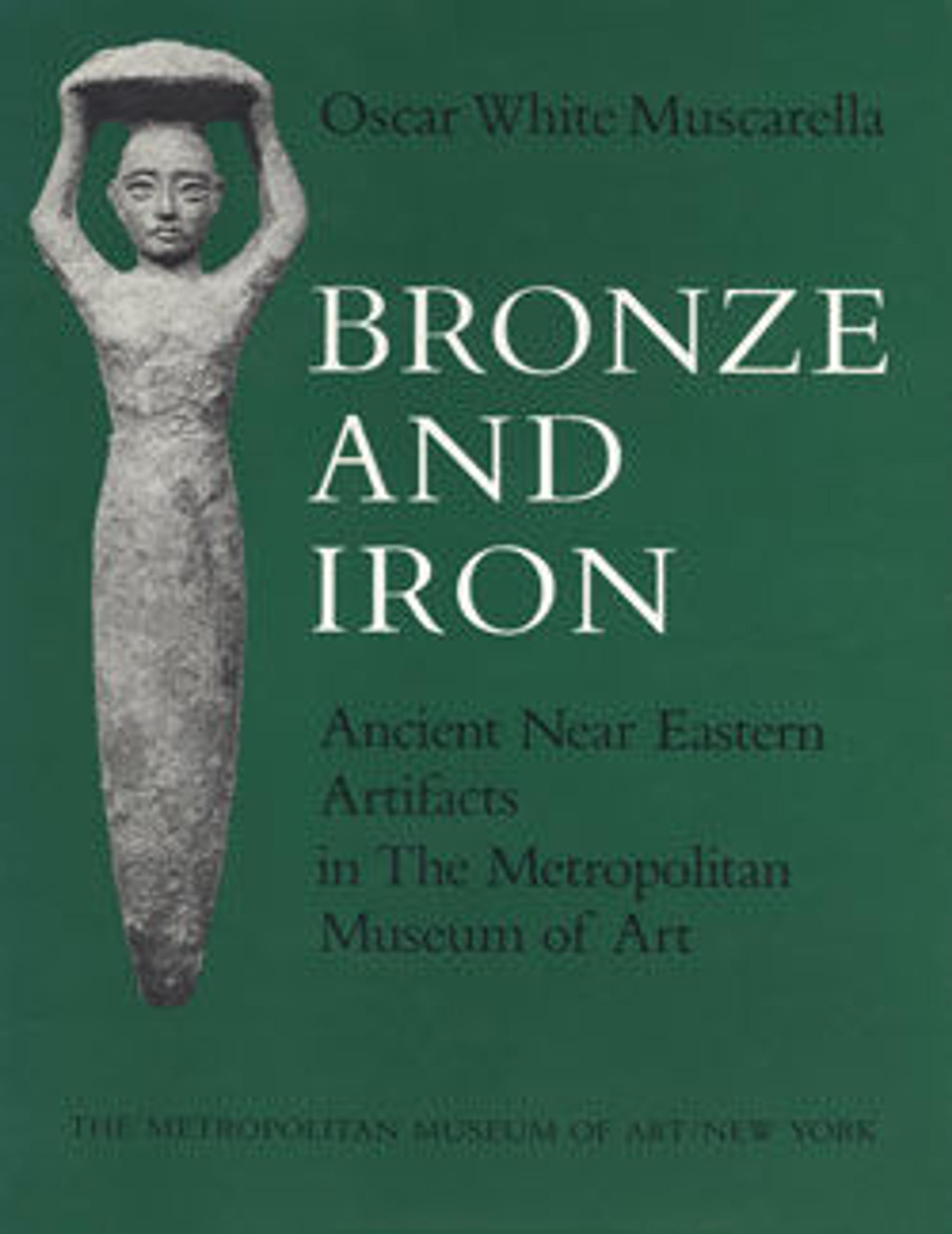Horse bit with attached cheekpieces
This is a bronze bit for a horse. Two spiked bars, called canons, are liked by loops; these form the bit itself. Each canon is connected to a curved cheekpiece with a loop for the reins. One of the cheekpieces is intact, and its ends are decorated with a knob and a horse’s hoof.
Fifteen bits, including this one, were excavated in the Treasury at Persepolis, the capital of the Achaemenid Persian Empire, along with a variety of other pieces of military equipment. The spikes on this bit are especially cruel, and suggest a military function, as they would permit near absolute control on the part of the rider. Indeed, horses were an important aspect of Persian military power, and were thus often displayed in Achaemenid art, such as on the reliefs of Apadana at Persepolis.
Fifteen bits, including this one, were excavated in the Treasury at Persepolis, the capital of the Achaemenid Persian Empire, along with a variety of other pieces of military equipment. The spikes on this bit are especially cruel, and suggest a military function, as they would permit near absolute control on the part of the rider. Indeed, horses were an important aspect of Persian military power, and were thus often displayed in Achaemenid art, such as on the reliefs of Apadana at Persepolis.
Artwork Details
- Title:Horse bit with attached cheekpieces
- Period:Achaemenid
- Date:ca. 6th–4th century BCE
- Geography:Iran, Persepolis
- Culture:Achaemenid
- Medium:Bronze
- Dimensions:9 15/16 × 9 1/4 × 1 5/16 in. (25.2 × 23.5 × 3.4 cm)
- Credit Line:Rogers Fund, 1948
- Object Number:48.98.19
- Curatorial Department: Ancient West Asian Art
More Artwork
Research Resources
The Met provides unparalleled resources for research and welcomes an international community of students and scholars. The Met's Open Access API is where creators and researchers can connect to the The Met collection. Open Access data and public domain images are available for unrestricted commercial and noncommercial use without permission or fee.
To request images under copyright and other restrictions, please use this Image Request form.
Feedback
We continue to research and examine historical and cultural context for objects in The Met collection. If you have comments or questions about this object record, please contact us using the form below. The Museum looks forward to receiving your comments.
